I’m planning on building a serpentine shaped bar/ counter top.In plan view it would resemble a sort of bent “J”. From floor to top of the counter is 45″, Counter top surface width is 18″, 3/4″ mdf covered with plastic laminate. The “bar” is aprox 14′ long from the top of the “J” to its bottom. I need to construct a stud wall or ribbing fastens to the floor that follows the bar contours to support the bar top and provide fastening for the facing on the customer side. Which will also probably covered with a laminate. The cabinetry that will ultimately go under the bar on the service side must be independant of the bar structure. I have never worked with wiggle board or built any curved furniture. Can anyone offer any insights or suggest any articles that may help me wth this project
Discussion Forum
Discussion Forum
Up Next
Video Shorts
Featured Story

Listeners write in about shower panels and cordless tools and ask questions about old wiring, air leaks, and gutter covers.
Highlights
Fine Homebuilding Magazine
- Home Group
- Antique Trader
- Arts & Crafts Homes
- Bank Note Reporter
- Cabin Life
- Cuisine at Home
- Fine Gardening
- Fine Woodworking
- Green Building Advisor
- Garden Gate
- Horticulture
- Keep Craft Alive
- Log Home Living
- Military Trader/Vehicles
- Numismatic News
- Numismaster
- Old Cars Weekly
- Old House Journal
- Period Homes
- Popular Woodworking
- Script
- ShopNotes
- Sports Collectors Digest
- Threads
- Timber Home Living
- Traditional Building
- Woodsmith
- World Coin News
- Writer's Digest

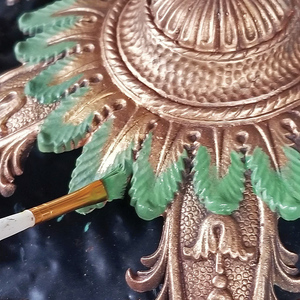
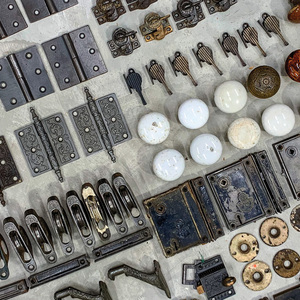
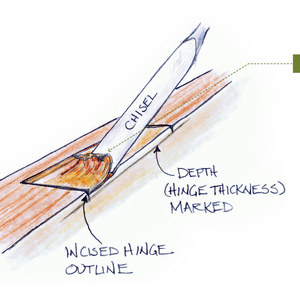
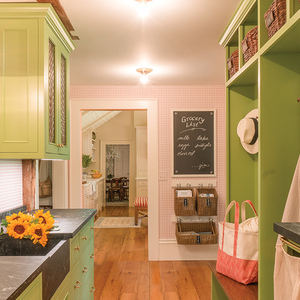







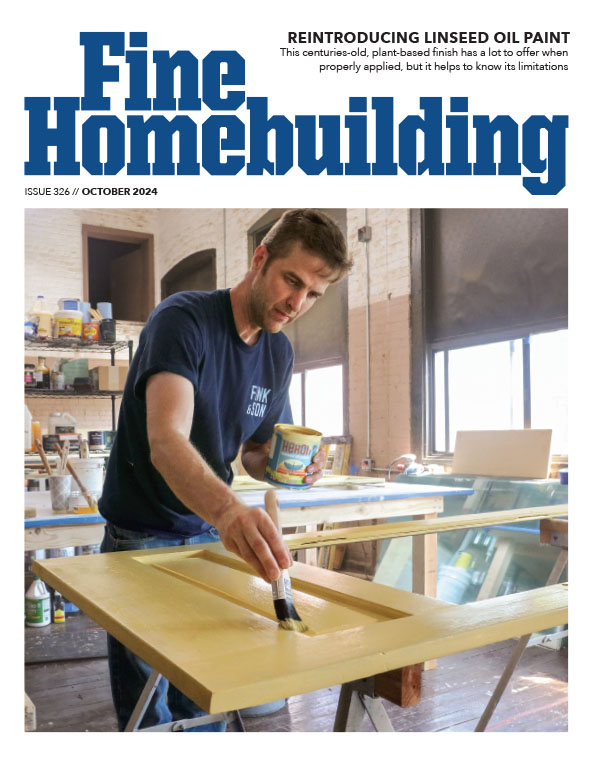





Replies
If you're framing the front face, the quickest way is to use flex-c-trac, and the cheapest way is to cut the plates from ply, though with the price of ply, flex-c-trac may win on both counts.
Wiggle board is easy to work with--if you have any construction experience at all you shouldn't have any trouble with it. Just make sure you order it with the grain orientation the right way--that is, you want the face lamination to run the short dimension of the sheet.
Like Cloud said, http://flexc.com/ is quick and easy, plywood also works. To lay out your curves sketch the curve you want right on the subfloor or plywood, put some screws or nails on the line at a few points, and use a thin rip of straight-grained wood to smooth your curves out before cutting the plates.
Is there any particular part of this project that has you worried? Do you have experience with laminate? How about curved edging?
Hello, Thank you for your help. What is U trak? My intention thus far was to cut the entire bar profile from 3/4" ply, 6" wide. (with all the curves it will require at least 2- 4x8 sheets of ply) An upper and lower. Fasten one to the floor as my sole plate, then fasten 2x4s 12'-16"oc. closer where required, with cripples, to it as my stud wall. The 2nd 3/4"plywood profile would be fastened atop the stud wall as upper plate and "nailer" for the actual bar top. At the point the bar turns at the "J" its almost 14' long. It needs to be very strong and robust. There could be a dozen or more people leaning against it at one time. I'm not comitted to a plastic laminate front. I've alway like the look of "brushedor swurled" stainless steel.or it could very well be aluminium that has been hit with a circular grinding pad in a drill. I just don't know where to get that material.Is there a way to get a drawing posted? Look forward to hearing form you.
What is flex c trak? I was going to fasten a metal molding to the bar top edge, all the way round. If the edges are merely "broken" or rounded they won't stand up to wear and tear. If I laminate them they will also eventually fail with constant exposure to moisture and use.Plus repairing laminate edges can be a pain. At least with the metal edge the damaged or distress area can be unscrewed and replaced or repaired. I've had alot of expeirience with laminates but not over large curved surfaces. I'm confident but definetly don't "know it all".